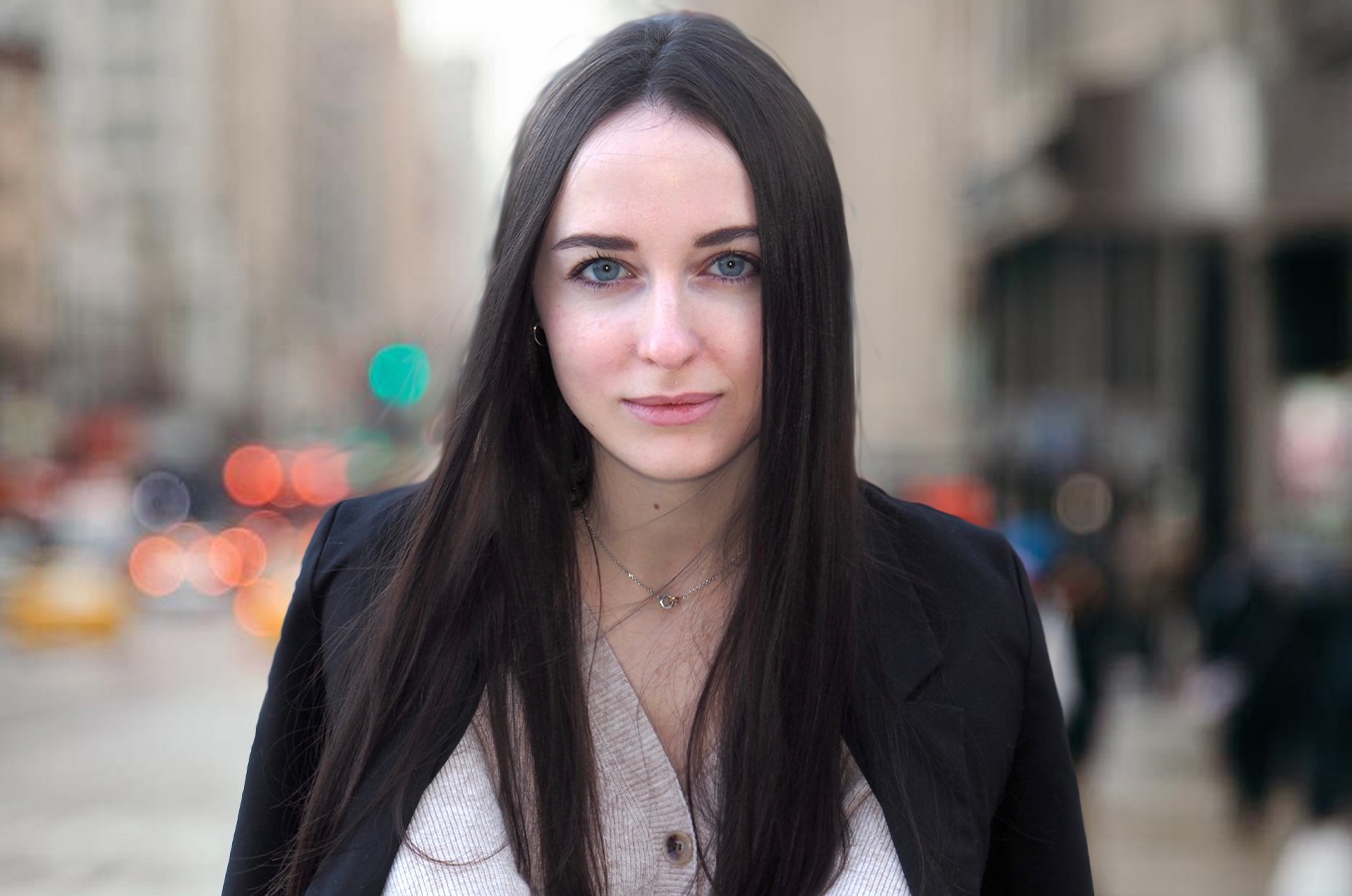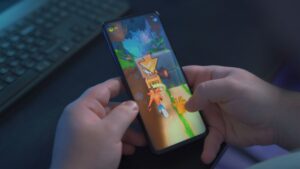Due to the pandemic, the most common discussion in business is how to retain the customer base without the physical presence and proximity of people to one another. Today we are going to talk to Tiana Plotnikova – winner of the International Talent Competition DI 2020, an Architectural Designer and Innovator. Tiana has recently directed an installation that questioned the necessity of physical presence and used architecture as a tool to educate and immerse visitors in the urban fabric of the city that is thousand miles away.
Could you tell us about your latest installation and about your aspiration to direct it?
One of the latest installation works of mine is PYRAMIDEN. Even though the exhibition happened 2 months before pandemic, it did reflect the strategies that many industry sectors are looking to adopt now. My ambition was to take something that is not easily accessible due to its geographic location and climatic conditions, and make it obtainable and convenient to experience. Architecture can be a destination, but it can also be a tool. Throughout the history – architecture has always played the role of destination and a habitat. It was always a place, a reference point for navigation and orientation. In the world where we live in now, architecture can also be a tool.
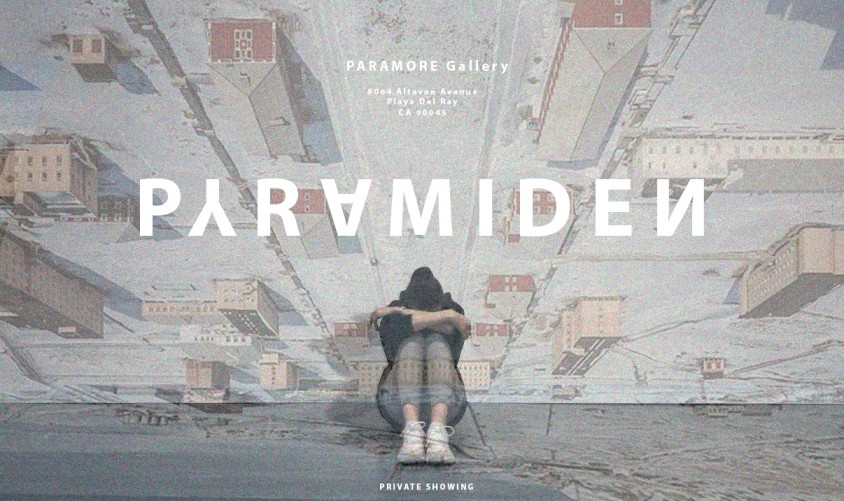
How can we use architecture as a tool without physical proximity to the subject?
Architecture can be used as a tool to create context – either real or virtual. A good example of that is cinematography. Film uses architecture as a tool to create a sense of familiarity, a certain setting. We are used to thinking of architecture as an end product – but it can also be a used in its digital form to tell stories, educate and experience various environments without changing the physical location.
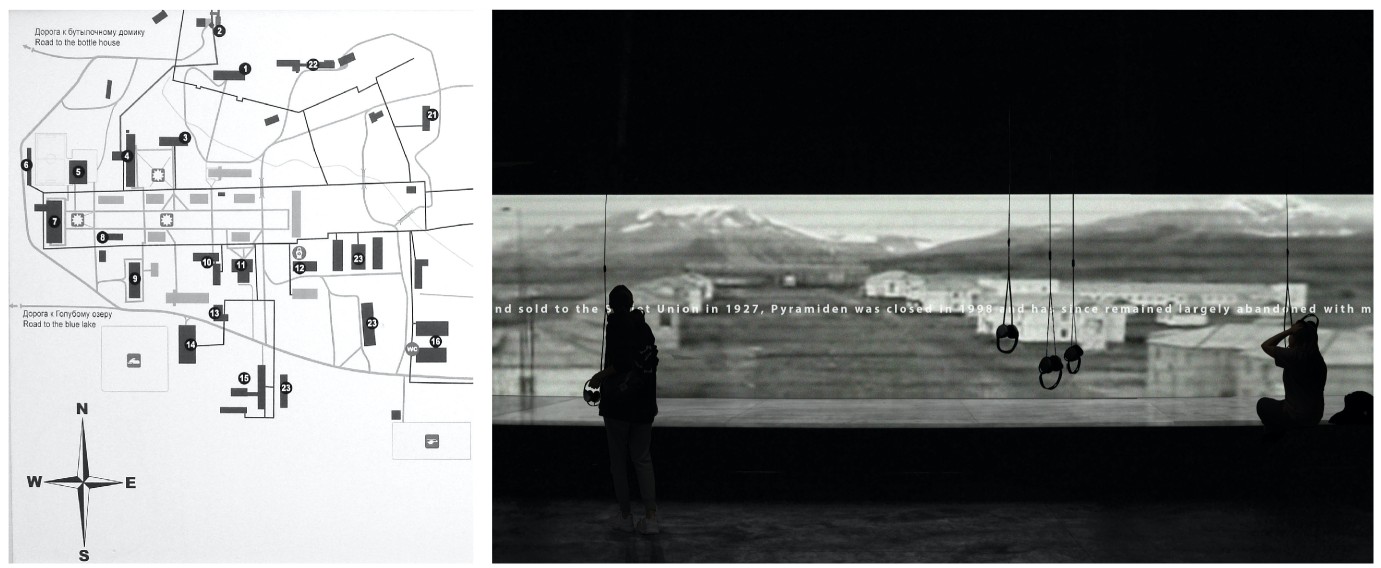
Could you tell us how did you digitalize the spatial experience in your installation?
In my installation PYRAMIDEN I challenged the traditional concepts of architectural preservation. Instead of preserving the actual materiality of the city, I preserved the memories of people who used to live there. PYRAMIDEN was about inviting people to experience the history of the place through the eyes and personal stories of its residents. It was about creating a digital environment – preserving architecture in digital form and adding an experiential layer. All that created a much richer experience, also – an easily accessible one. Once created – such installation can be reproduced anywhere in the world and immerse people in the richness of the Svalbard history.
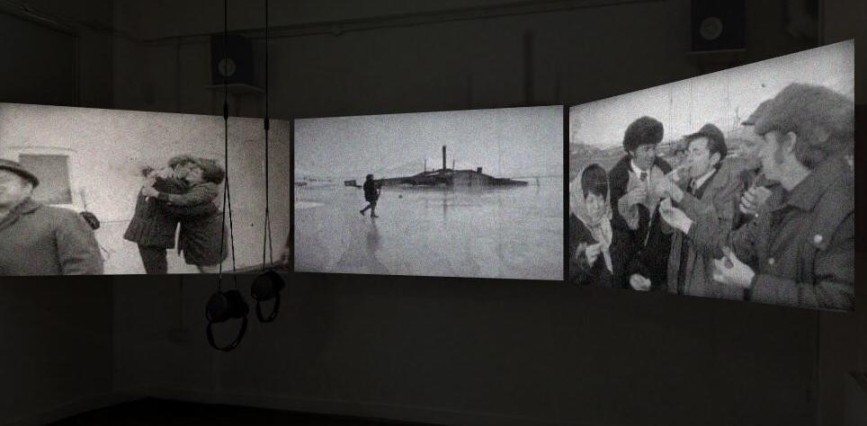
How would you explain this concept to the child or to someone who is not very familiar with architectural and experiential design?
It is similar to having a big painting in the museum – experiencing it only in the context of a museum versus having the digital version of the same paining and having a change to look at the painting from anywhere in the world – as long as you have internet connection of course. Let’s assume that you are having an experience of viewing an art piece in its digital from from home. On top of that experience, you can have an additional layer of audio that would guide you through the biography of the painter and tell you about his aspiration. Perhaps you could also experience the digital replica of the studio where the paining was created and get a full immersion in the richness and depth of that artwork.
In the modern world we are so focused on the outcome – the final result, but I believe there is a lot of depth and knowledge in the process itself. By digitalizing spaces and recreating virtual replicas of those – could improve the learning process for kids and help retain customers for businesses. Being on quarantine amplifies the longing for experiences. Tapping into the new niche of digitalized spacial experiences and linking it to the specificities of your industry could help spark excitements, retain and bring new loyal customers.
Many thanks to Tiana for her insightful responses.
You can learn more about Tiana Plotnikova’s work at www.tianaplotnikova.com

